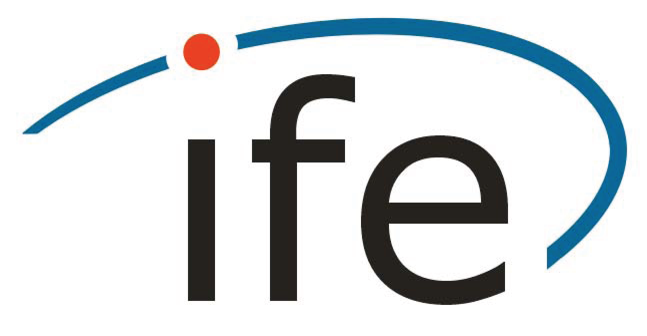Geodetic-Gravimetric Monitoring of Mountain Uplift and Hydrological Variations at Zugspitze and Wank Mountains (Bavarian Alps, Germany)
- authored by
- Ludger Timmen, Christian Gerlach, Till Rehm, Christof Völksen, Christian Voigt
- Abstract
In 2004, first absolute gravity (AG) measurements were performed on the top of Mt. Zugspitze (2 sites) and at the foot (1 site) and top (1 site) of Mt. Wank. Mt. Wank (summit height 1780 m) and Mt. Zugspitze (2960 m) are about 15 km apart from each other and belong geologically to different parts of the Northern Limestone Alps. Bridging a time span of 15 years, the deduced gravity variations for Zugspitze are in the order of ‐0.30 μm/s² with a standard uncertainty of 0.04 μm/s². The Wank stations (foot and top) show no significant gravity variation. The vertical stability of Wank summit is also confirmed by results of continuous GNSS recordings. Because an Alpine mountain uplift of 1 or 2 mm/yr cannot explain the obtained gravity decline at Zugspitze, the dominating geophysical contributions are assumed to be due to the diminishing glaciers in the vicinity. The modelled gravity trend caused by glacier retreat between epochs 1999 and 2018 amounts to ‐0.012 μm/s²/yr at both Zugspitze AG sites. This explains more than half of the observed gravity decrease. Long‐term variations on inter‐annual and climate‐relevant decadal scale will be investigated in the future using as supplement superconducting gravimetry (installed in 2019) and GNSS equipment (since 2018).
- Organisation(s)
-
Institute of Geodesy
QuantumFrontiers
- External Organisation(s)
-
Helmholtz Centre Potsdam - German Research Centre for Geosciences (GFZ)
Bavarian Academy of Sciences and Humanities (BAdW)
Umwelt Forschungsstation Schneefernerhaus
- Type
- Article
- Journal
- Remote sensing
- Volume
- 13
- No. of pages
- 22
- ISSN
- 2072-4292
- Publication date
- 01.03.2021
- Publication status
- Published
- Peer reviewed
- Yes
- ASJC Scopus subject areas
- General Earth and Planetary Sciences
- Sustainable Development Goals
- SDG 13 - Climate Action
- Electronic version(s)
-
https://doi.org/10.3390/rs13050918 (Access:
Open)
-
Details in the research portal "Research@Leibniz University"




